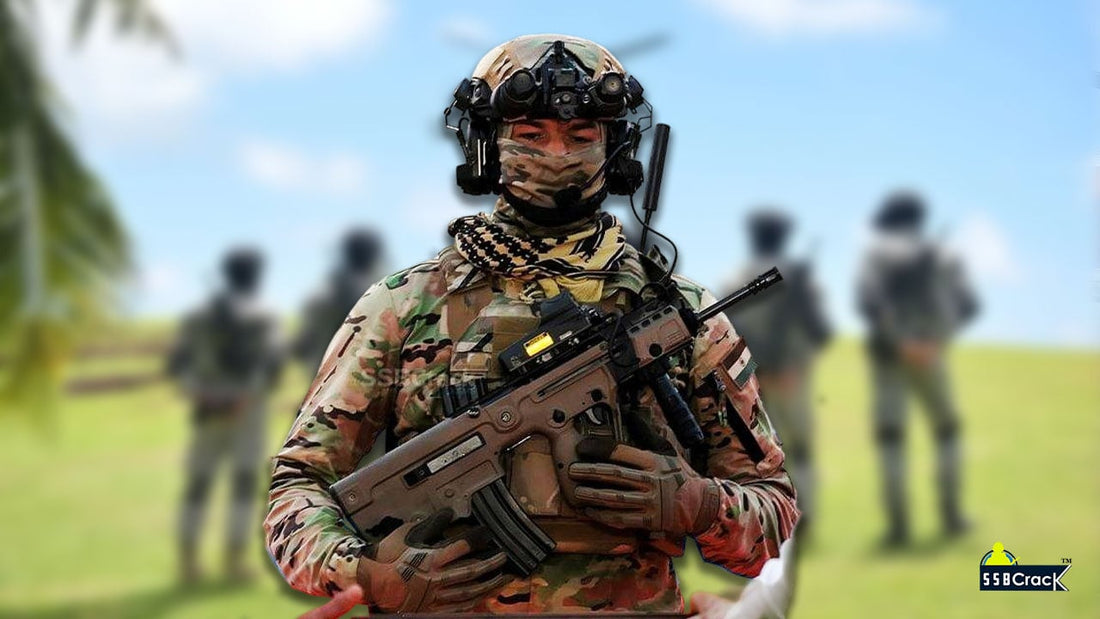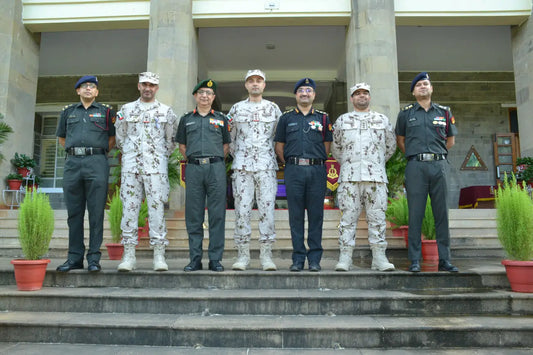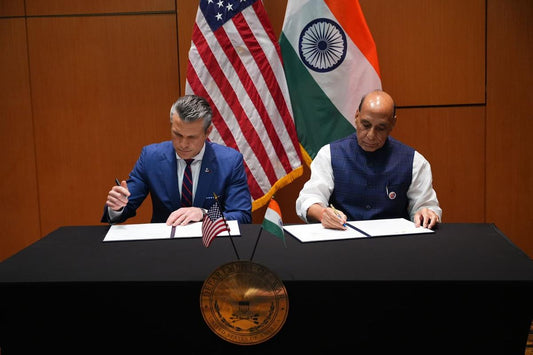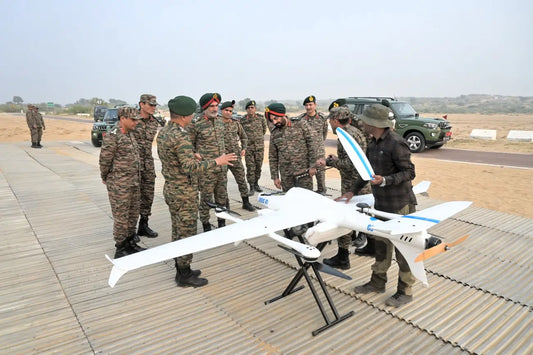"Indian Navy Opens MARCOS Commando Roles to Women, Pioneering Gender Inclusivity"

The inclusion of women in specialized military units in India is undergoing significant transformation, particularly within the Indian Navy's elite MARCOS unit. Traditionally, such roles were exclusively male, but recent reforms now permit women to engage in special operations. This change signifies a historic milestone in India's defense landscape, highlighting a shift towards gender equality and an inclusive approach.
The Indian Navy, known for its progressive initiatives, has now opened opportunities for women to join MARCOS, thereby enhancing its operational strength through a diverse workforce. This decision not only empowers women but also provides a strategic advantage by diversifying military capabilities. The process involves detailed pathways for joining MARCOS, including rigorous training and the broader implications of this inclusive policy.
MARCOS was established in 1987 to address India's need for a specialized naval force capable of executing complex maritime missions, such as counter-terrorism and reconnaissance. Initially comprising only male operatives, the unit required exceptional physical and mental resilience. Over time, global perspectives on gender roles in military service have evolved, prompted by socio-political movements. In India, a 2020 court directive paved the way for reforms allowing women in combat roles, which was further supported by the 2022 Agnipath scheme designed to recruit young personnel into the armed forces. This scheme facilitated women's entry into the Indian Navy, allowing them to volunteer for challenging roles in MARCOS.
For women aspiring to join MARCOS, the journey begins with enlisting as Agniveers in the Indian Navy. The recruitment process is highly selective, requiring Indian citizenship, ages between 18 and 30, completion of higher secondary education, and meeting stringent physical and medical standards. Once enlisted, women undergo basic naval training and can subsequently volunteer for MARCOS selection, a process that is entirely voluntary to ensure only the most committed candidates proceed.
The MARCOS training regimen is among the world's toughest, designed to test candidates' physical and mental limits. It includes extensive parachuting, combat diving, and special operations training, all of which are critical for preparing operatives for covert engagements and counter-terrorism missions. The dropout rate is high, exceeding 80%, emphasizing the significant mental resilience and physical strength required to succeed. Beyond fitness, teamwork under extreme pressure and adaptability are crucial for selection.
Women in MARCOS will undertake roles equivalent to their male counterparts, engaging in covert attacks, underwater operations, reconnaissance, and counter-terrorism activities. This inclusion emphasizes the value of diversity in high-stakes environments, where diverse perspectives can enhance mission outcomes through innovative problem-solving.
The decision to integrate women into MARCOS reflects a significant cultural shift within the Indian military. It acknowledges that capabilities are not confined to gender and that diverse teams can improve operational effectiveness. This move stands as a historical milestone, allowing women to fully participate in elite military roles and underscores an evolving understanding of strength and capability.
Statistics indicate a growing trend towards gender inclusivity within the Indian armed forces. As of 2023, there has been an increase in female personnel interested in combat roles, reflecting societal changes. Comparative studies from other nations suggest that women's participation in elite military units enriches operational efficiency, a trend anticipated to follow in India.
Despite the progress, challenges remain, such as meeting the intense physical demands of MARCOS training, overcoming cultural stereotypes, and balancing family responsibilities. The Navy can address these by developing specialized training programs, promoting awareness through successful female role models, and implementing supportive family policies.
As the Indian Navy modernizes and embraces inclusivity, future trends may include increased recruitment, expanded roles for women, and enhanced training protocols. These steps aim to establish a gender-neutral policy across the military, ensuring equality and high standards are maintained.
The decision to permit women into MARCOS is a transformative moment for the Indian military, challenging traditional stereotypes and adopting a more comprehensive approach to national security. This commitment not only empowers women but also strengthens the armed forces' operational capabilities. Aspiring female candidates are encouraged to undertake this rigorous journey, paving the way for future generations to serve with honor, courage, and integrity.
This development signals the dawn of a new era for women in India's armed forces, showcasing their potential to excel in demanding roles that require exceptional skill, resilience, and bravery. Resources like SSBCrack and SSBCrackExams provide valuable insights and training materials for those preparing for this extraordinary path.



















